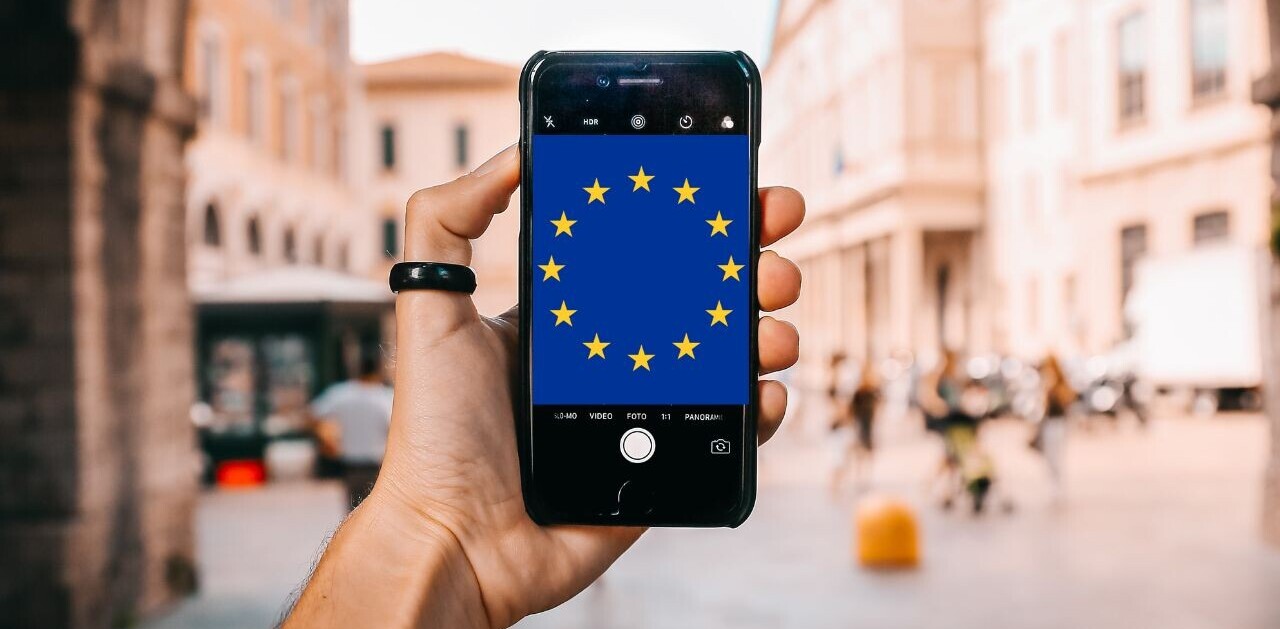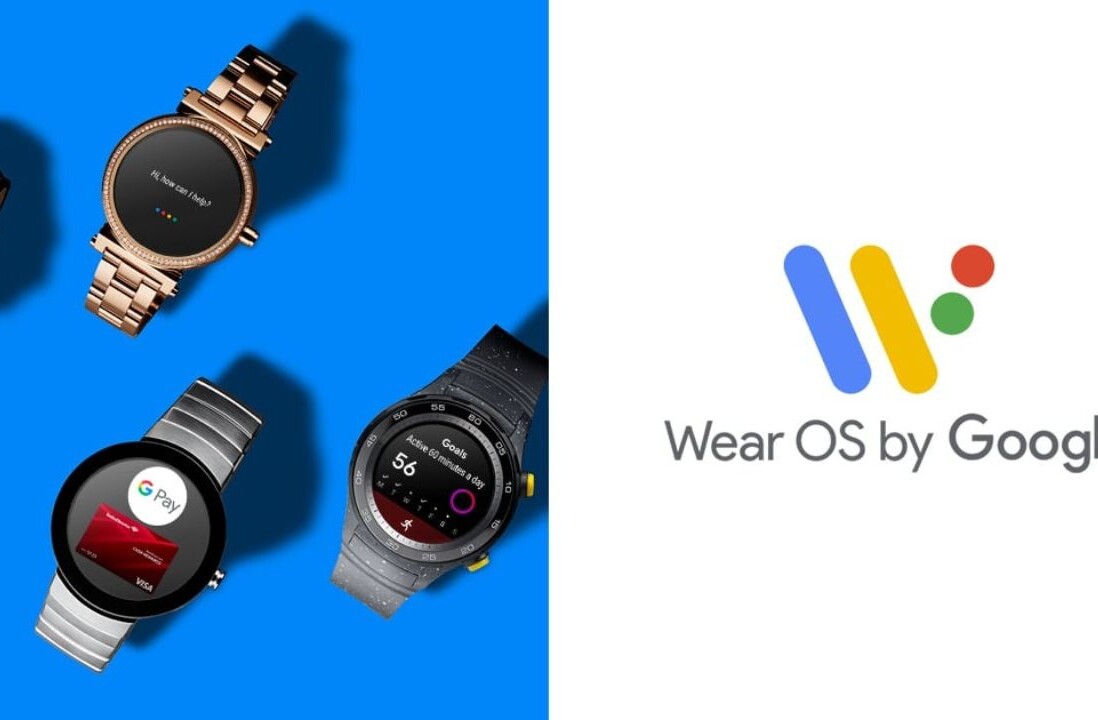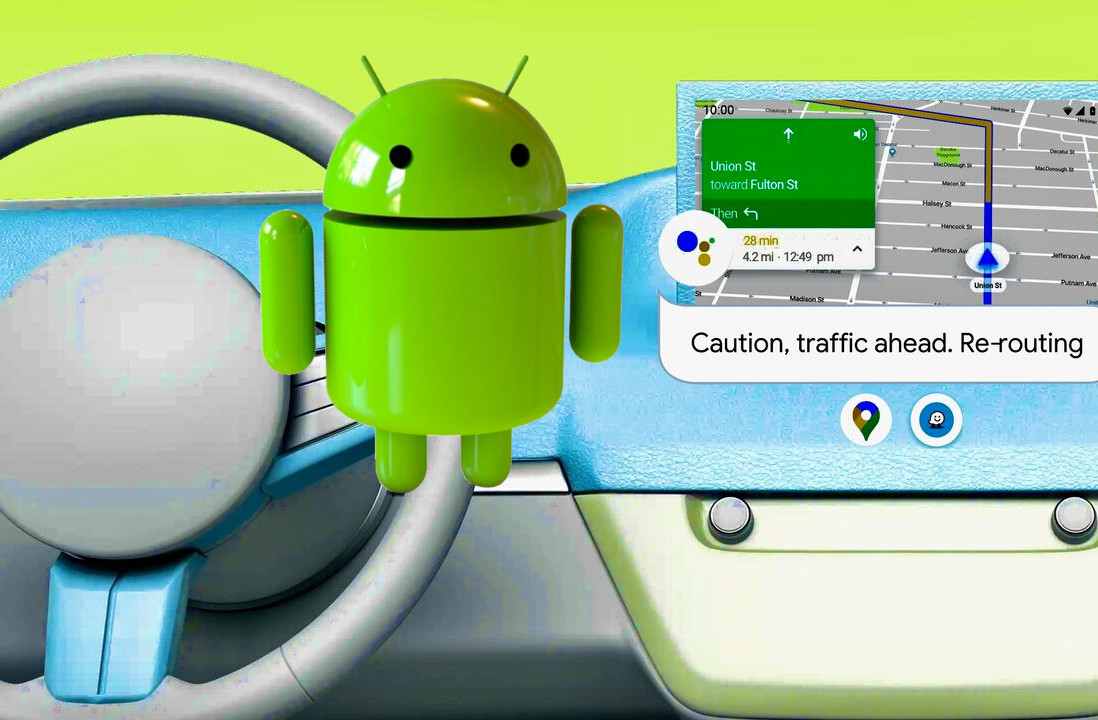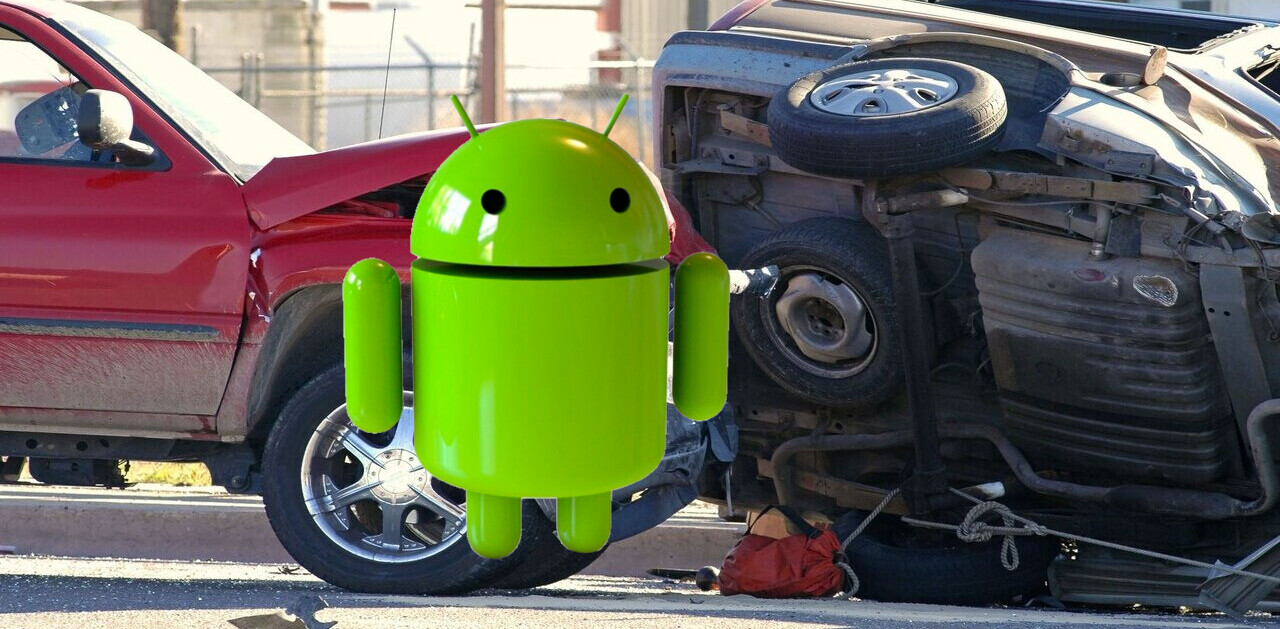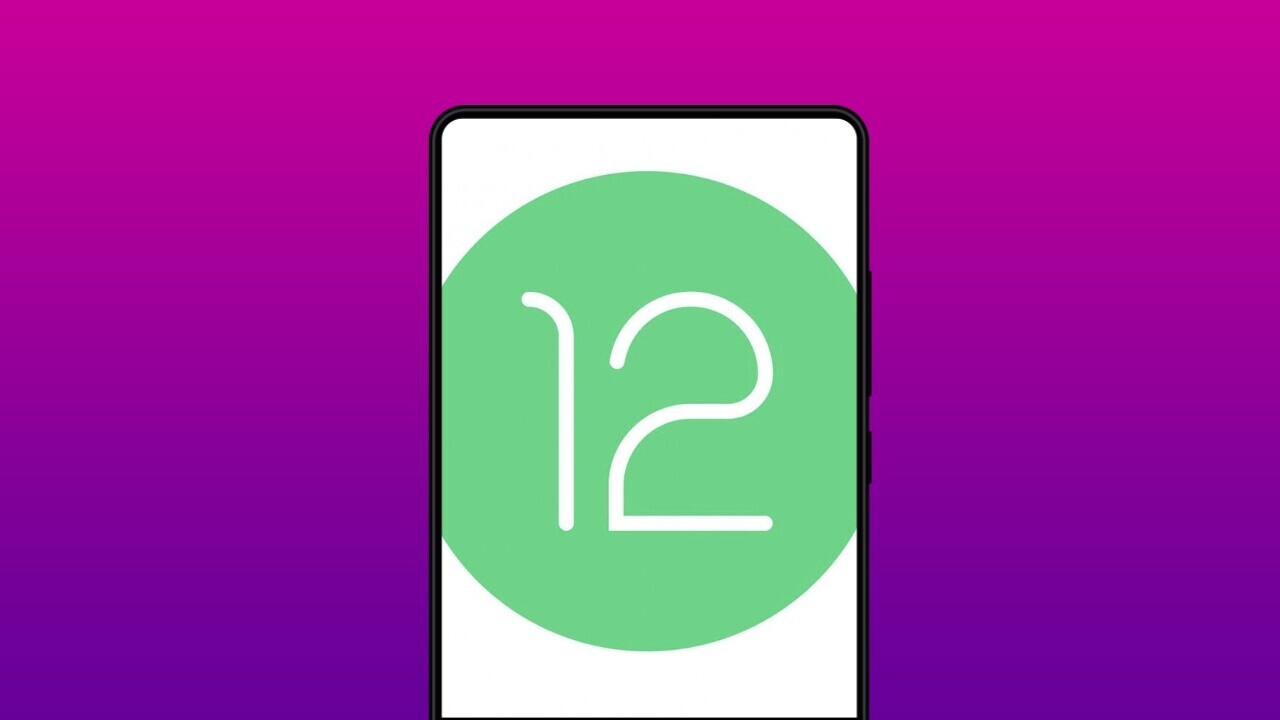
Android has been around for over a decade, yet for some reason, a feature as seemingly simple as auto-rotation is still kind of slow and janky. It’s especially annoying when lying down or using the phone from unusual angles. I’ve gotten used to it, but whenever I get to try an iPhone or iPad, I get a little jealous of the comparatively smooth rotation.
It seems that Android 12 is finally ready to tackle this problem head-on… literally. Google’s solution to unreliable autorotate is to track your head using the front-facing camera.
Per Google’s update notes:
We’ve enhanced Android’s auto-rotate feature with face detection, using the front-facing camera to more accurately recognize when to rotate the screen. This is especially helpful for people who are using their devices while lying down on a couch or in bed, for example.
The company says the face-tracking feature is opt-in, and notes that it uses Android’s new Private Compute Core, so “images are never stored or sent off the device.” The feature currently only works on the Pixel 4 and Later.
Newer Pixel devices aside, the company says it’s also optimized the rotation animation and is using a machine learning gesture detection algorithm. Google claims this should lead to 25% reduced latency when rotating your phone for all devices running Android 12, while devices that support face detection should be even more reliable.
While I’m a little concerned that Google needed to implement face-tracking at all to improve a feature iOS has been doing pretty well from the start, I’m grateful for the overall improvement.

Rotation aside, the update also includes native support for scrolling screenshots, for things like sharing an image of an entire long webpage, for example. Many manufacturers had implemented this feature on their own skins, but it was not available on most ‘stock’ Android phones.
For more on these updates — as well as a bevy of others aimed at developers, you can read Google’s post here.
Get the TNW newsletter
Get the most important tech news in your inbox each week.
